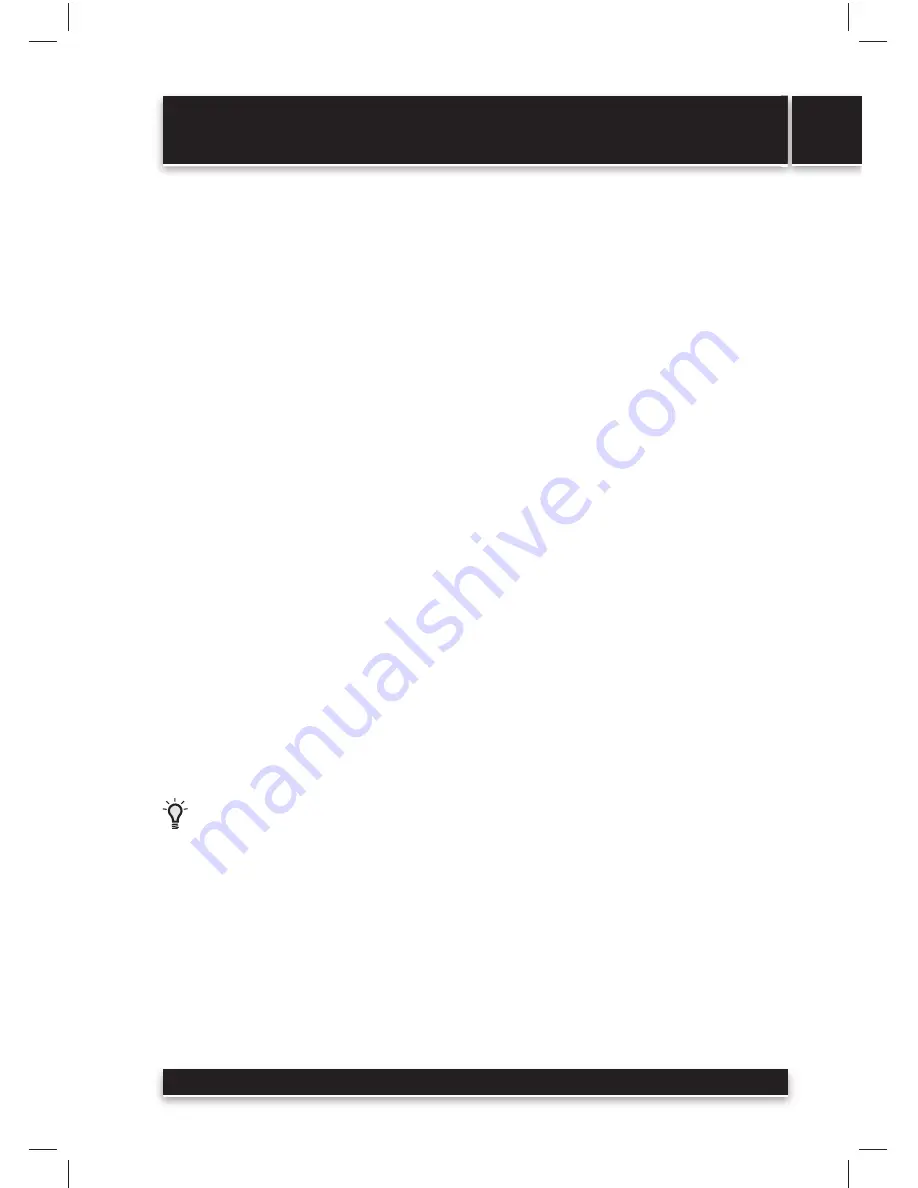
BREAD MAKER
SBR 950SS
EN
EN-15
Copyright © 2009, Fast ČR, a.s.
Revision 08/2009
9. Salt
Salt is necessary for the improvement of the smell of the bread and the colour of the crust. At
the same time salt prevents yeast from working. Never use too much salt in a recipe. If you do
not wish to use salt, you may leave it out. And the bread will be larger than if salt was used.
10. Eggs
Eggs can improve the structure of the bread, make the bread more nutritious and larger and add
a specifi c egg smell to the bread. If you wish to use eggs, you need to remove the egg shell and mix
evenly.
11. Fat, butter and vegetable oil
Fat can make bread fi ner and keep it fresh for longer. Before butter is used it should be melted
or cut into small pieces after being taken out of the fridge so that it is evenly mixed in.
12. Baking
powder
Baking powder is used primarily for rising when baking bread and cakes in the Ultra Fast
programme. Thanks to chemical principles it does not need time for rising and creates a gas that
creates bubbles or makes the structure of the bread fi ner.
13. Soda
The same applies as for baking powder. It can also be used in combination with baking powder.
14. Water and other liquids
Water is a necessary ingredient for bread making. Generally it is best if the water is in the
temperature range 20-25 °C. However, for rising in the faster programmes the temperature of the
water should be in the range 45-50 °C. You can substitute water with fresh milk or water mixed
with 2% of milk powder, which can improve the smell of the bread and create a nicer crust colour.
In some recipes in order to improve the smell of the bread juice may be used (e.g. apple, orange,
lemon, etc.).
Sequence of adding ingredients
In all recipes it is important to follow a general sequence when adding individual ingredients:
•
First we add liquids into the baking container (water, milk, beer, butter milk, clabbered milk,
yoghurt, etc.)
•
Then we add loose ingredients (fl our, herbs, bread spices, bran, sprouts, fl akes, seeds, etc.)
•
Pour the salt into one corner
•
Pour sugar into the second corner
•
Pour other fl avourings (oil, vinegar, etc) into another corner
•
In the middle of the baking container make a small hole, place the yeast or baking powder into
it, and cover it with fl our. If fresh yeast is used, it is better to add sugar directly with the yeast.
Place the yeast or baking powder always on dry fl our!
Tip:
With heavy doughs containing a high portion of rye or whole wheat components to achieve
better results we recommend to reverse the sequence of ingredients, i.e. fi rst add the dry yeast
and fl our and then the liquids.
Remember a few more important points for baking in a home bread maker:
•
Salt and yeast must never come into direct contact!
•
Let cereals soak in water over night before baking.
•
In the case of a delayed start always use cold ingredients
•
When baking with a delayed start do not use quickly spoilable ingredients such as eggs, fresh
milk, fruit, onions, etc.
•
After taking the bread out of the bread maker allow it to cool on a suitable surface (e.g. on
a wooden or nylon board).
















































